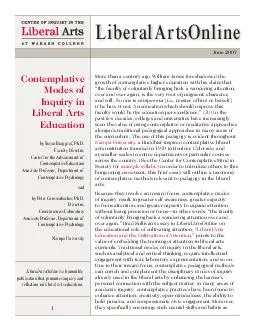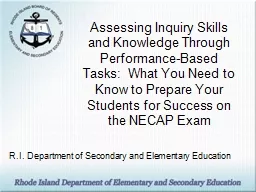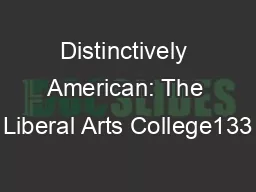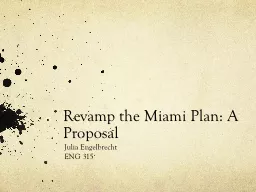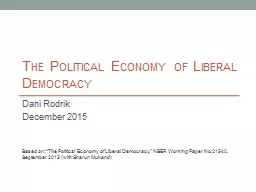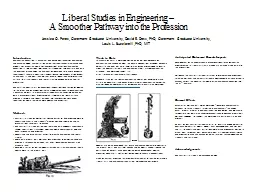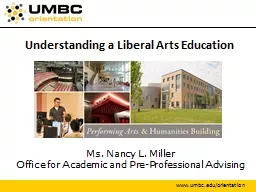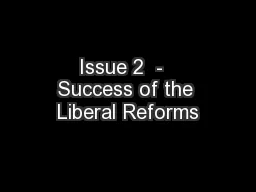PDF-LiberalArtsOnline is a bimonthly publication that promotes inquiry and reection on liberal
Author : jane-oiler | Published Date : 2015-03-10
Contemplative Modes of Inquiry in Liberal Arts Education by Susan Burggraf PhD Faculty Director Center for the Advancement of Contemplative Education Associate Professor
Presentation Embed Code
Download Presentation
Download Presentation The PPT/PDF document "LiberalArtsOnline is a bimonthly publica..." is the property of its rightful owner. Permission is granted to download and print the materials on this website for personal, non-commercial use only, and to display it on your personal computer provided you do not modify the materials and that you retain all copyright notices contained in the materials. By downloading content from our website, you accept the terms of this agreement.
LiberalArtsOnline is a bimonthly publication that promotes inquiry and reection on liberal: Transcript
Download Rules Of Document
"LiberalArtsOnline is a bimonthly publication that promotes inquiry and reection on liberal"The content belongs to its owner. You may download and print it for personal use, without modification, and keep all copyright notices. By downloading, you agree to these terms.
Related Documents

